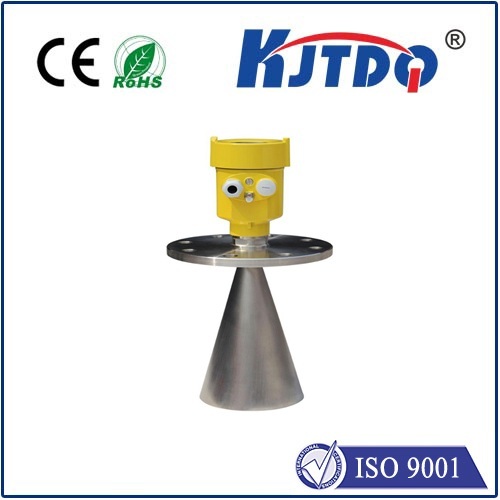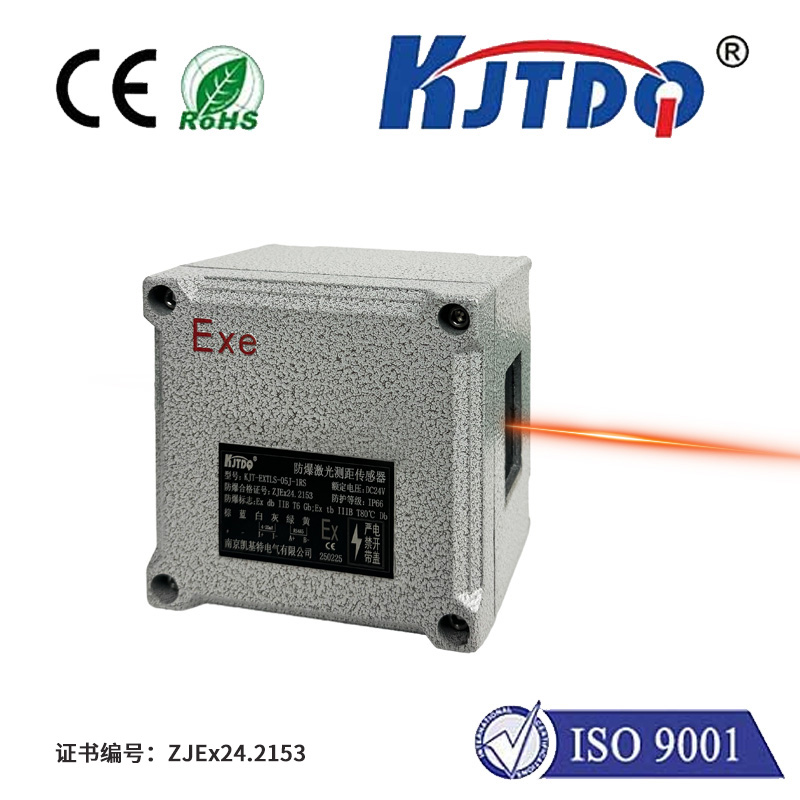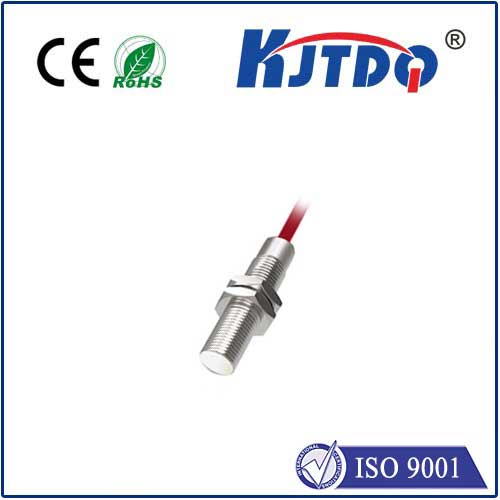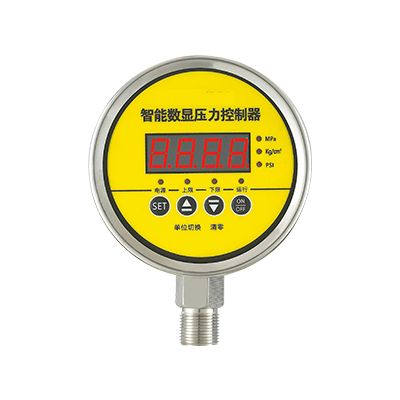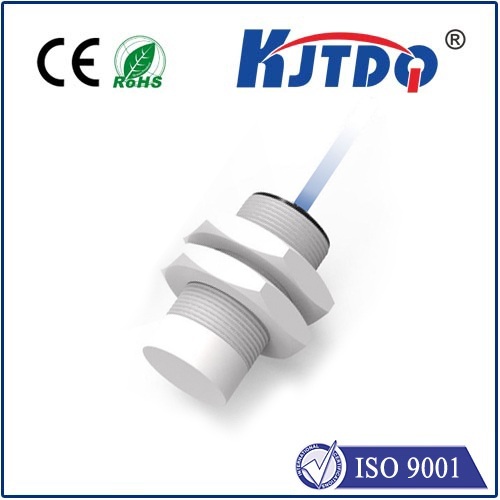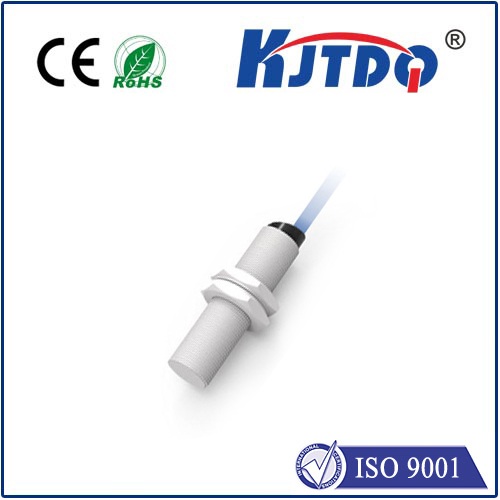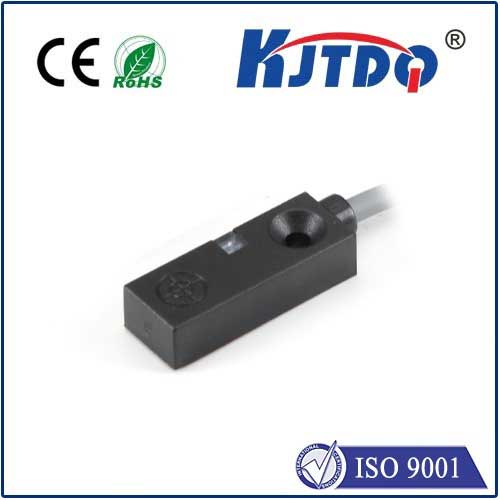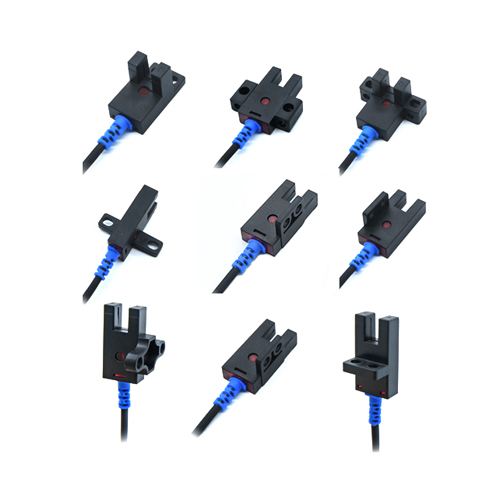industrial proximity sensor
- time:2025-09-05 15:13:59
- Нажмите:0
The Silent Guardian: How Industrial Proximity Sensors Revolutionize Automation
Imagine a bustling factory floor. Robotic arms swing with precision, conveyor belts hum, and intricate machinery performs its dance. Everything flows seamlessly, products move flawlessly. But what ensures this precision, preventing collisions, guaranteeing parts are present, or counting items at blinding speed? Often unseen and unheard, the unsung hero is the industrial proximity sensor. Far more than just a simple switch, these robust devices form the critical sensing foundation of modern industrial automation, enabling safety, efficiency, and reliability in demanding environments.
Beyond Touch: The Non-Contact Advantage
Unlike mechanical limit switches that require physical contact, industrial proximity sensors operate on a fundamental principle: non-contact detection. They sense the presence (or absence) of an object within their defined range without touching it. This inherent feature delivers significant advantages:
- Reduced Wear and Tear: No moving parts mean dramatically longer operational life and minimal maintenance requirements.
- High-Speed Operation: Capable of detecting objects at incredibly rapid speeds, essential for fast-paced production lines.
- Reliability in Harsh Conditions: Unaffected by dirt, oil, moisture, dust, or vibrations that would quickly damage or jam mechanical contacts.
- Consistent Performance: Provides repeatable and accurate detection, unaffected by object surface conditions like dirt or minor abrasions (depending on type).
Unveiling the Invisible Fields: How They Work

Industrial proximity sensors work by generating an electromagnetic or electrostatic field. When a target object enters this field, it causes a detectable change in the field’s properties. The sensor’s internal circuitry recognizes this change and triggers an output signal (typically switching a load on or off). The specific method of field generation and detection defines the primary types:
- Inductive Proximity Sensors: These are the undisputed workhorses of metal detection. They generate an oscillating electromagnetic field. When a ferrous (iron-based) or non-ferrous (like aluminum, copper, brass) metal target enters this field, it induces small “eddy currents” within the metal. This current draw disrupts the sensor’s oscillation, triggering detection. Ideal for detecting metal parts, tools, pistons, or machine positions.
- Capacitive Proximity Sensors: These sensors generate an electrostatic field and detect changes in capacitance between the sensor face and the target object. Nearly any object (metal, plastic, wood, glass, liquids, granular materials) can be detected because it alters the dielectric constant of the space. They excel in applications like detecting filled/non-filled containers (plastic bottles), level sensing for liquids or powders (through non-metallic tanks), or presence detection of non-metallic objects on a conveyor.
- Magnetic Proximity Sensors: Designed specifically to detect the presence of permanent magnets. They use Reed switches or Hall-effect technology. Extremely reliable for detecting the position of cylinder pistons (where a magnet is embedded in the piston) or doors/windows with magnetic seals. Known for very long sensing distances relative to their size, particularly when using strong magnets.
Where Precision Meets Productivity: Core Applications
The versatility of industrial proximity sensors makes them indispensable across countless sectors:
- Position Verification: Confirming a part has reached the correct location on an assembly line, a robot arm is in its home position, or a door is closed/sealed.
- Object Detection & Counting: Detecting the presence (or absence) of parts, bottles, pallets, or boxes on conveyors, enabling counting and process control.
- End-of-Travel Detection: Sensing the limit of movement for cylinders, actuators, slides, or doors, preventing over-travel damage.
- Speed Monitoring: Counting teeth on gears or detecting notches on rotating shafts to calculate rotational speed.
- Level Sensing: Capacitive sensors reliably detect fill levels of liquids, powders, or granules within non-metallic containers.
- Machine Safety: Used as part of safety interlock systems (e.g., verifying a guard is closed before machine start-up).
Choosing Your Sentinel: Key Selection Criteria
Selecting the right industrial proximity sensor is crucial for optimal performance. Key factors include:
- Target Material: Metal? Inductive is usually best. Non-Metal (plastic, liquid, etc.)? Capacitive is required. Magnet? Use a magnetic sensor.
- Sensing Distance (Sn): The rated operating distance. Ensure the target can reliably reach within this range. Consider factors like target size/shape/material.
- Environment: Temperature extremes, exposure to chemicals, washdown conditions (IP ratings like IP67, IP69K), heavy vibration, or welding sparks all dictate specific housing materials and ingress protection needs.
- Output Type: Typically PNP (sourcing) or NPN (sinking) transistor outputs. Matching the controller input type is essential. Some offer analog or IO-Link for advanced data.
- Size & Form Factor: Compact sensors fit tight spaces, barrel styles are common, while block or rectangular shapes offer different mounting options.
Exploring the Future: Smart Sensing
While traditional switching sensors remain dominant, the rise of IIoT (Industrial Internet of Things) and Industry 4.0 is driving the adoption of “smart” proximity sensors. Features like IO-Link communication transform basic sensors into intelligent data points. Beyond simple presence detection, they can provide:
- Detailed diagnostic information (operating hours, temperature stress, signal strength)
- Parameter adjustment remotely
- Condition monitoring capabilities
- Easier integration and reduced wiring complexity
The Unseen Engine of Efficiency
Industrial proximity sensors, in all their varied forms, are far more than just components; they are the essential enablers of automated precision and efficiency. Their ability to perform non-contact detection reliably in the harshest industrial environments makes them fundamental to countless processes. From ensuring a robot picks up a part correctly to verifying a bottle is filled, or protecting machinery from damage, these “silent guardians” work tirelessly. By understanding their principles, types, and selection criteria, engineers and maintenance teams can harness their full potential, driving productivity and reliability to ever-higher levels on the modern factory floor. Investing in the right industrial automation sensor is an investment in the smooth, safe, and profitable operation of any automated system.

